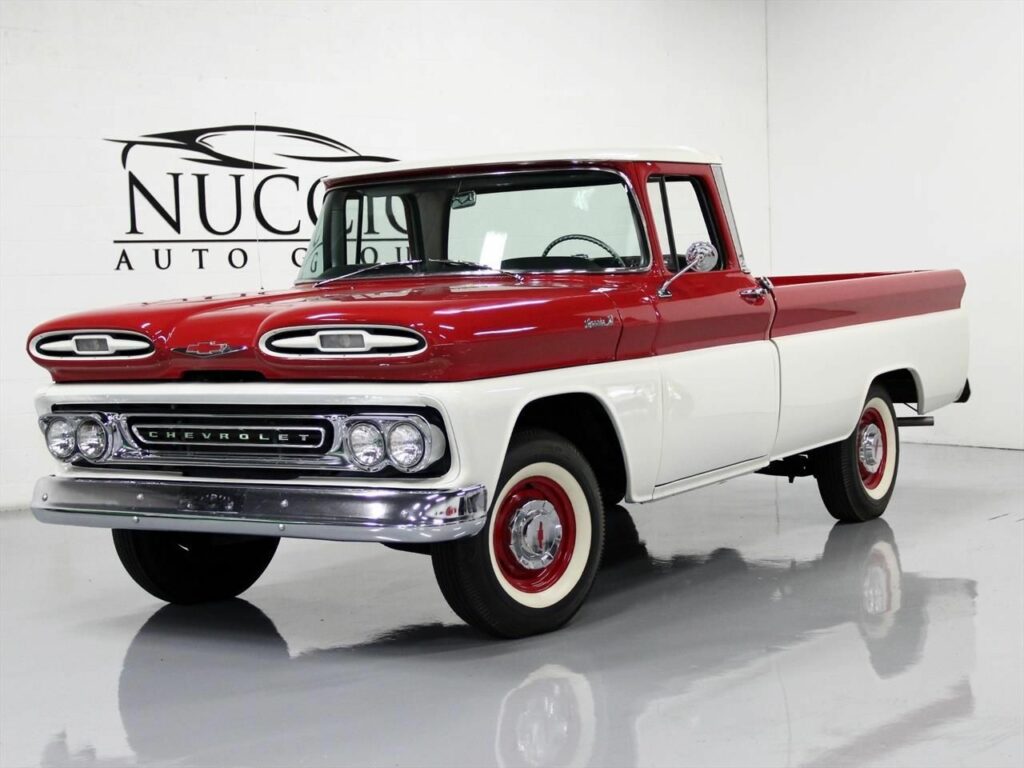The American car industry evolved the pickup truck concept, developing it far beyond the limits of its class. Soon, the pickup truck became an icon of the American automotive landscape. Pickup trucks have been true workhorses for generations of farmers, handymen, independent business owners, and many other hard-working people. At first, pickup trucks were just tools, but then car manufacturers started developing them into something more. They gave their trucks more luxuries, as well as more powerful engines.
They came with better technology and options. Over time, the pickup truck was not just a necessity for working men. Their popularity exploded, making pickups the top-selling vehicles in America. In fact, they still are. However, most modern truck enthusiasts recognize the most common trucks from Chevrolet, Dodge, and Ford, but there are many more interesting models that built America. So read on to learn more about the top 31 classic forgotten pickup trucks that made America.
42. Chevrolet C/K Pickup

Back in the day, basic pickup construction was extremely simple. It included a ladder chassis, live axles on both ends, and rear-wheel drive. However, with the introduction of the Willys Jeep Pickup, the truck market got its first four-wheel-drive model. After that, a four-wheel-drive was something all the car manufacturers later accepted. The truck manufacturers of the ’50s only concentrated on trucks that could haul heavy, large items. But in 1960, Chevrolet introduced an all-new model they called the C/K. They produced it in various trim lines. The “C” in “C/K” meant it had rear-wheel drive, and the “K” stood for four-wheel drive.

These trucks proved to be a sales hit, but they had one interesting aspect first. The 1960 Chevrolet C/K had an independent front suspension, which replaced the old and rugged live front axle. The “C” models with rear-wheel drive got the independent front, but “K” models with 4×4 retained the live axle. Today, all trucks have this type of suspension, but in 1960, Chevrolet was the first. The advantages of this were numerous. First, the truck handled like a passenger car and was much more pleasurable to drive, the steering was easy and precise, and driving a truck on rough terrain was not a punishment but an enjoyable experience.
